Columbine Companion Plants: The Best Flowers To Pair With These Delicate Beauties
Columbine Companion Plants: The Best Flowers to Pair With These Delicate Beauties
Columbines are some of the most beautiful and delicate flowers in the garden. With their cascading blooms and graceful form, they can add a touch of elegance to any landscape. But columbines can also be a bit tricky to grow. They need well-drained soil and dappled shade, and they can be susceptible to pests and diseases.
One way to help columbines thrive is to plant them with the right companion plants. Companion planting is the practice of planting different types of plants together in order to create a mutually beneficial relationship. The right companion plants can help to improve the health and productivity of columbines, and they can also add visual interest to the garden.
Here are some of the best flowers to pair with columbines:
- Astilbe: Astilbe is a shade-loving perennial that blooms in late summer and fall. Its feathery plumes of flowers provide a beautiful contrast to the delicate blooms of columbines.
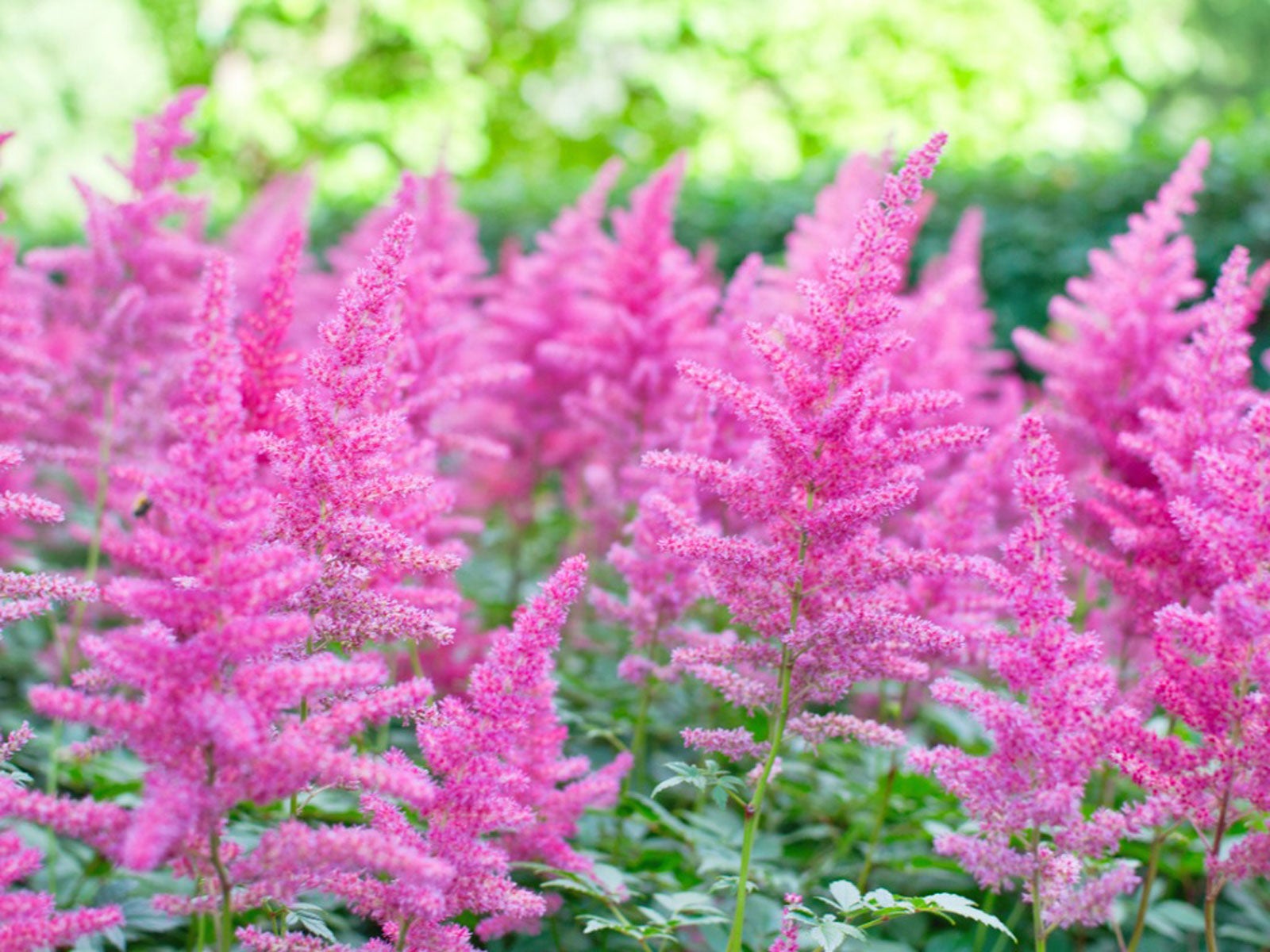
- Hosta: Hostas are another shade-loving perennial that is perfect for companion planting with columbines. Their large, glossy leaves provide a backdrop for the columbines' blooms, and they also help to suppress weeds.
- Lilies of the valley: Lilies of the valley are a delicate spring bloomer that is perfect for adding a touch of elegance to the garden. They are also deer-resistant, which is a plus if you have a problem with deer in your area.

- Primroses: Primroses are a spring bloomer that is known for its sweet fragrance. They are also easy to care for, making them a good choice for beginner gardeners.
- Virginia bluebells: Virginia bluebells are a spring bloomer that is native to North America. They are a great choice for naturalistic gardens, and they also attract butterflies and hummingbirds.
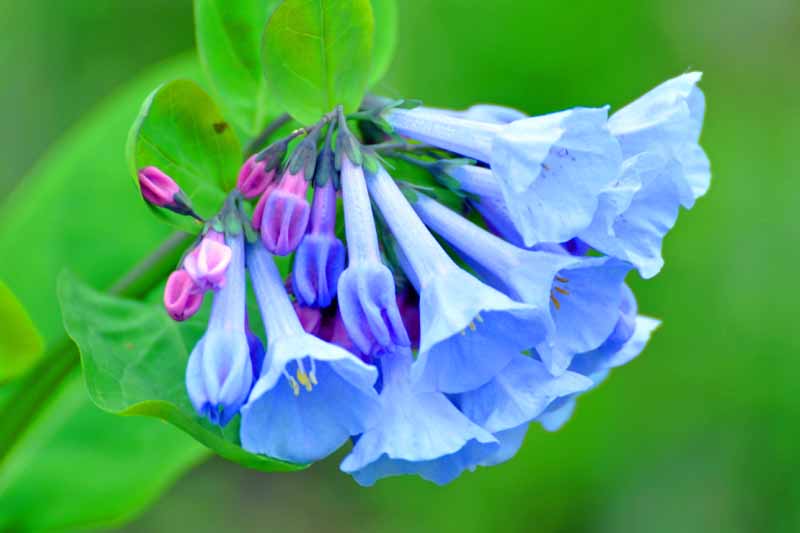
In addition to these flowers, there are a number of other plants that can be good companion plants for columbines. Some other good options include:
- Ajuga: Ajuga is a groundcover plant that is known for its blue flowers. It is also deer-resistant, making it a good choice for gardens that are prone to deer damage.
- Candytuft: Candytuft is a low-growing annual that blooms in spring. It is a good choice for filling in between columbines, and it also attracts bees and butterflies.
- Dicentra: Dicentra is a genus of plants that includes bleeding heart. Bleeding heart is a delicate spring bloomer that is known for its heart-shaped flowers.
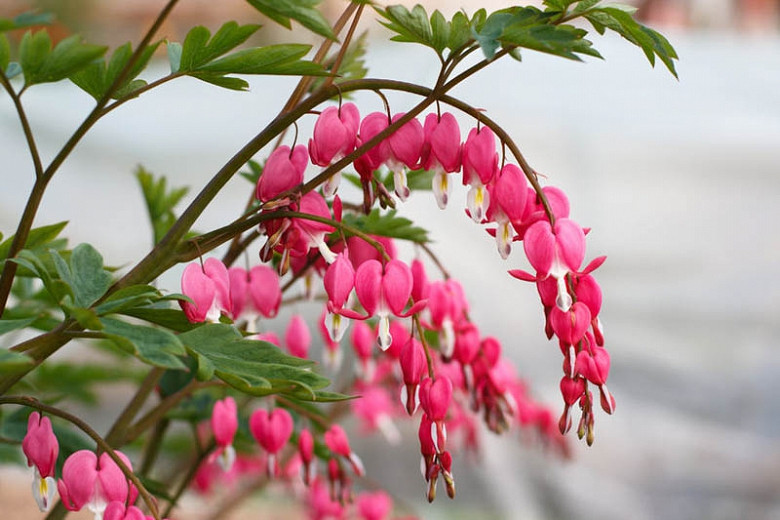
- Phlox: Phlox is a genus of plants that includes a wide variety of species. Phloxes are known for their bright, colorful flowers, and they can be a great addition to any garden.
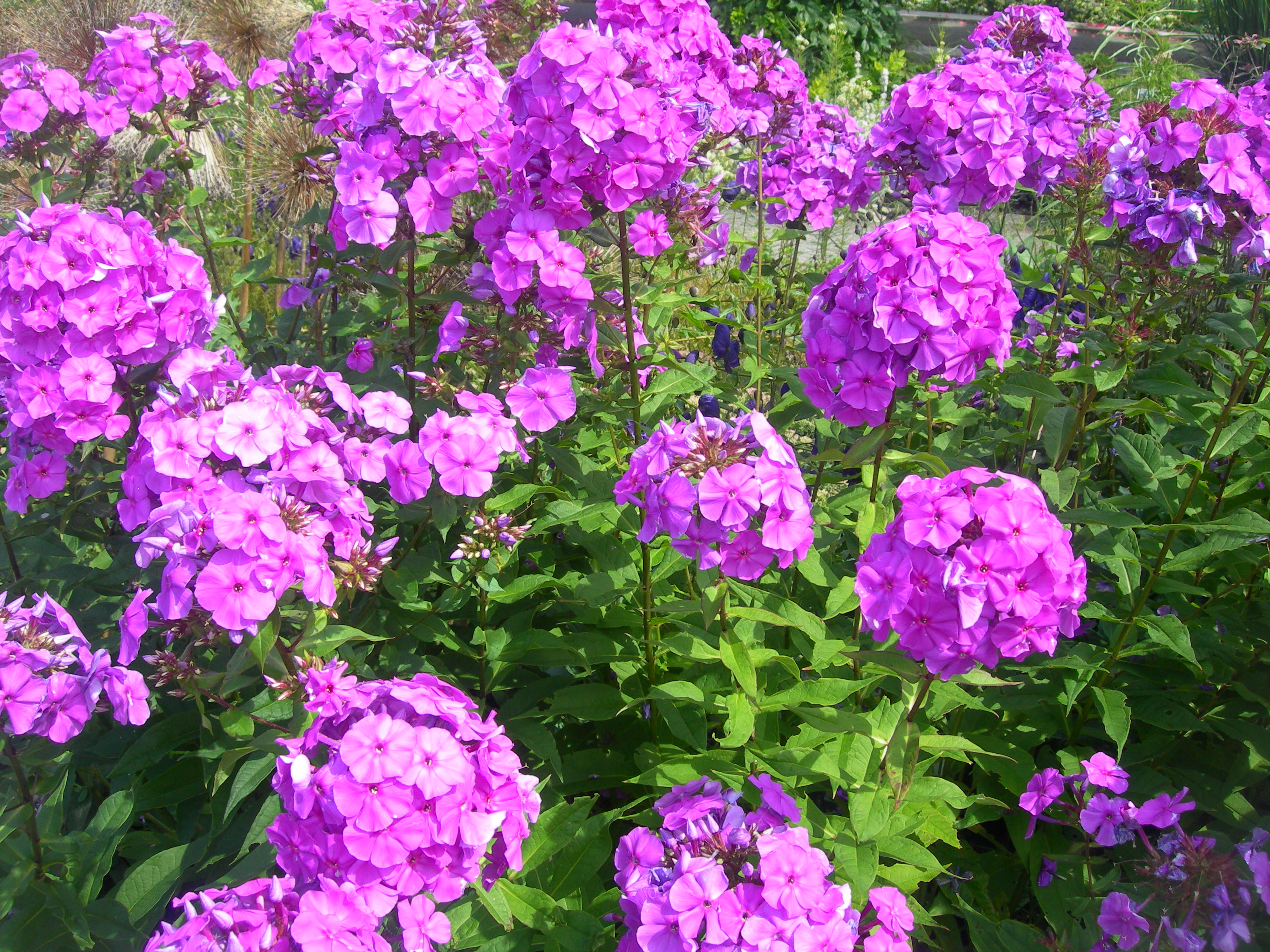
- Tulipa: Tulips are a popular spring bloomer that is known for its bright, colorful flowers. They can be a great addition to any garden, and they also attract bees and butterflies.
When choosing companion plants for columbines, it is important to consider the plant's light requirements, water needs, and soil type. Columbines prefer dappled shade and well-drained soil, so it is important to choose companion plants that have similar requirements. It is also a good idea to choose companion plants that will bloom at different times of the year, so that the garden will be in bloom all season long.
By planting columbines with the right companion plants, you can help to ensure that they thrive and that your garden is beautiful all season long.
Columbines are beautiful, delicate flowers that can add a touch of elegance to any garden. But what plants should you pair them with? The right companion plants can help to enhance the beauty of your columbines, and they can also help to deter pests and diseases.
Here are a few of the best columbine companion plants:
- Ferns: Ferns add a touch of lushness to any garden, and they can also help to shade the columbines from the hot sun.
- Bleeding heart: Bleeding heart is another shade-loving plant that pairs well with columbines. Its delicate pink flowers will complement the columbines' bright colors.
- Alliums: Alliums add a touch of height and drama to any garden, and they can also help to attract pollinators.
- Phlox: Phlox is a low-maintenance plant that blooms in a variety of colors, making it a great choice for companion planting with columbines.
- Daylilies: Daylilies are a popular choice for gardens because they bloom for a long period of time. They also attract pollinators, which can help to keep your columbines healthy.
For more information about columbine companion plants, please visit Gardenia Inspiration.
FAQ of columbine companion plants
Q: What are some good companion plants for columbine?
A: Columbines are beautiful flowers that can add a touch of elegance to any garden. However, they can be susceptible to pests and diseases, so it's important to choose companion plants that will help to protect them. Some good companion plants for columbine include:
- Delphiniums: These tall, stately flowers provide a good backdrop for columbines. They also help to attract pollinators, which can help to keep columbines healthy.
- Foxgloves: These tall, bell-shaped flowers bloom at the same time as columbines, and they come in a variety of colors. They also attract pollinators, and they can help to deter deer and rabbits.
- Aquilegias: These are the "cousins" of columbines, and they share many of the same growing conditions. They also come in a variety of colors, so you can create a beautiful, harmonious display.
- Geraniums: These hardy flowers bloom all summer long, and they help to attract pollinators. They also help to deter pests, such as aphids.
- Hostas: These shade-loving plants provide a good contrast to the bright colors of columbines. They also help to keep the soil cool and moist, which is important for columbines.
Q: What are some good plants to avoid planting near columbines?
A: There are a few plants that you should avoid planting near columbines, as they can compete for water and nutrients, or they can attract pests and diseases. These plants include:
- Peonies: These large, showy flowers can crowd out columbines.
- Daylilies: These long-blooming flowers can compete with columbines for water and nutrients.
- Iris: These delicate flowers can be susceptible to the same pests and diseases as columbines.
- Roses: These thirsty plants can compete with columbines for water.
- Violets: These low-growing plants can crowd out columbines.
Q: What are the best conditions for growing columbines?
A: Columbines prefer well-drained soil that is rich in organic matter. They also need partial shade, as too much sun can scorch their leaves. Columbines are hardy in zones 3-8, and they can tolerate a wide range of temperatures.
Q: How do I care for columbines?
A: Columbines are relatively easy to care for. They need to be watered regularly, especially during hot, dry weather. They also benefit from a light application of fertilizer in the spring. Columbines should be divided every 3-4 years to keep them healthy.
Q: How do I propagate columbines?
A: Columbines can be propagated by division or by seed. Division is the easiest method, and it is best done in the spring or fall. To divide columbines, simply dig up the plant and carefully separate the roots. Replant the divisions in a well-drained location that receives partial shade.
Q: What are some common pests and diseases of columbines?
A: Columbines are susceptible to a few pests and diseases, including:
- Aphids: These small, sap-sucking insects can cause columbines to wilt and become discolored. They can be controlled with insecticidal soap or neem oil.
- Leaf miners: These insects tunnel through the leaves of columbines, causing them to become unsightly. They can be controlled with a systemic insecticide.
- Powdery mildew: This fungus causes a white, powdery coating to develop on the leaves of columbines. It can be controlled with a fungicide.
Image of columbine companion plants
- Astilbe: Astilbe is a shade-loving plant that blooms in summer with feathery pink, white, or purple flowers. It is a good companion plant for columbine because it has similar moisture and soil requirements.

- Hosta: Hostas are another shade-loving plant that blooms in summer with large, colorful flowers. They are a good companion plant for columbine because they provide a backdrop for the columbine's flowers.
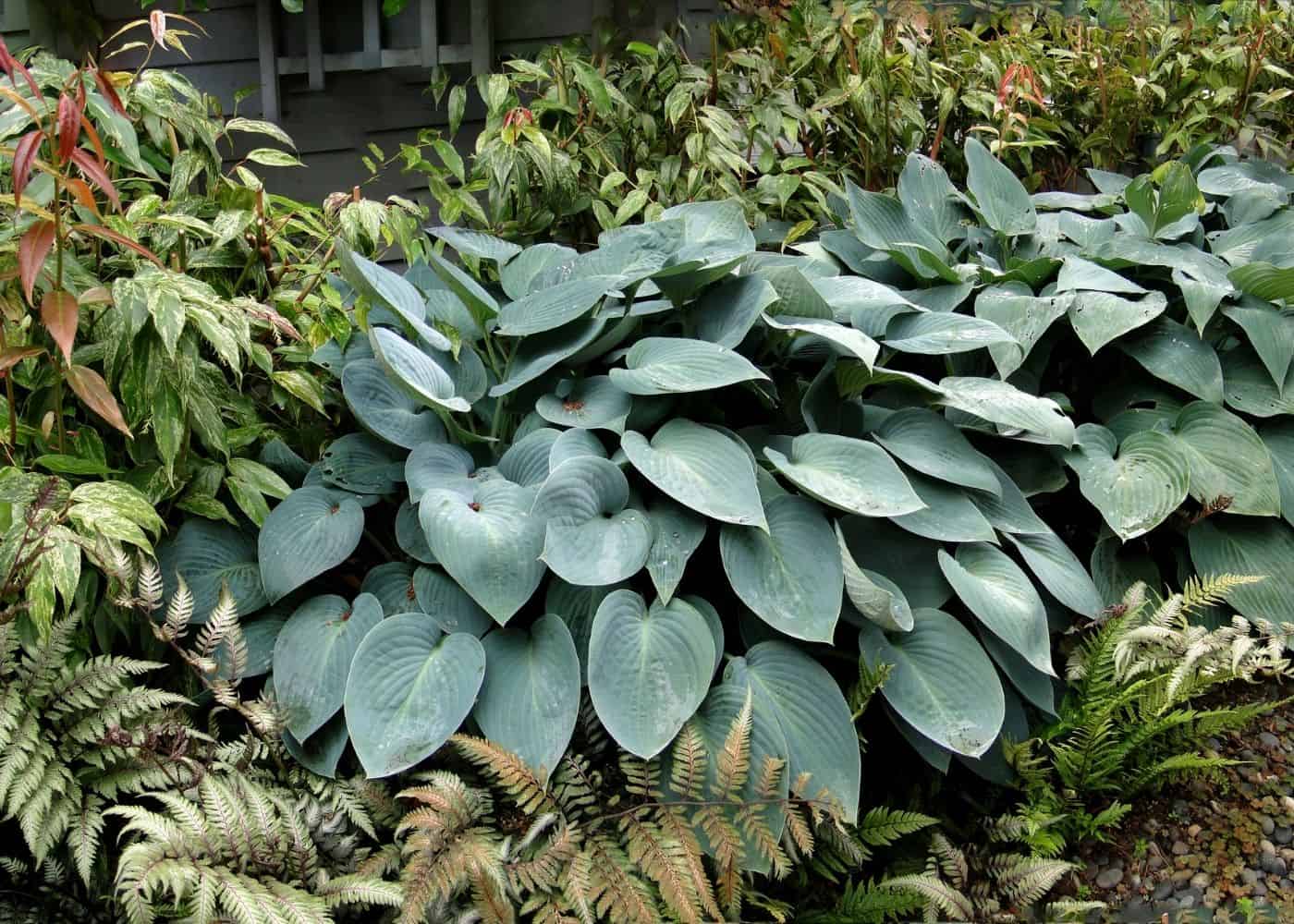
- Coralbells: Coralbells are a low-growing plant that blooms in spring with pink, red, or white flowers. They are a good companion plant for columbine because they have similar moisture and soil requirements.
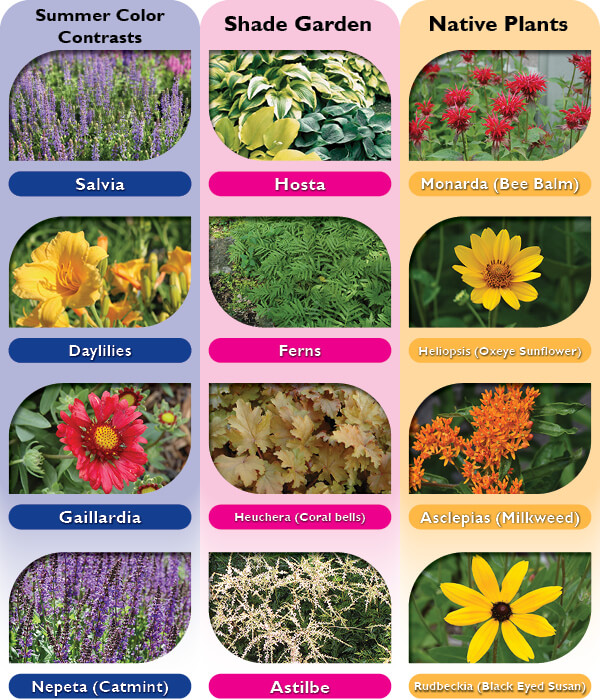
- Lungwort: Lungwort is a shade-loving plant that blooms in spring with blue, pink, or white flowers. It is a good companion plant for columbine because it provides a contrast for the columbine's flowers.
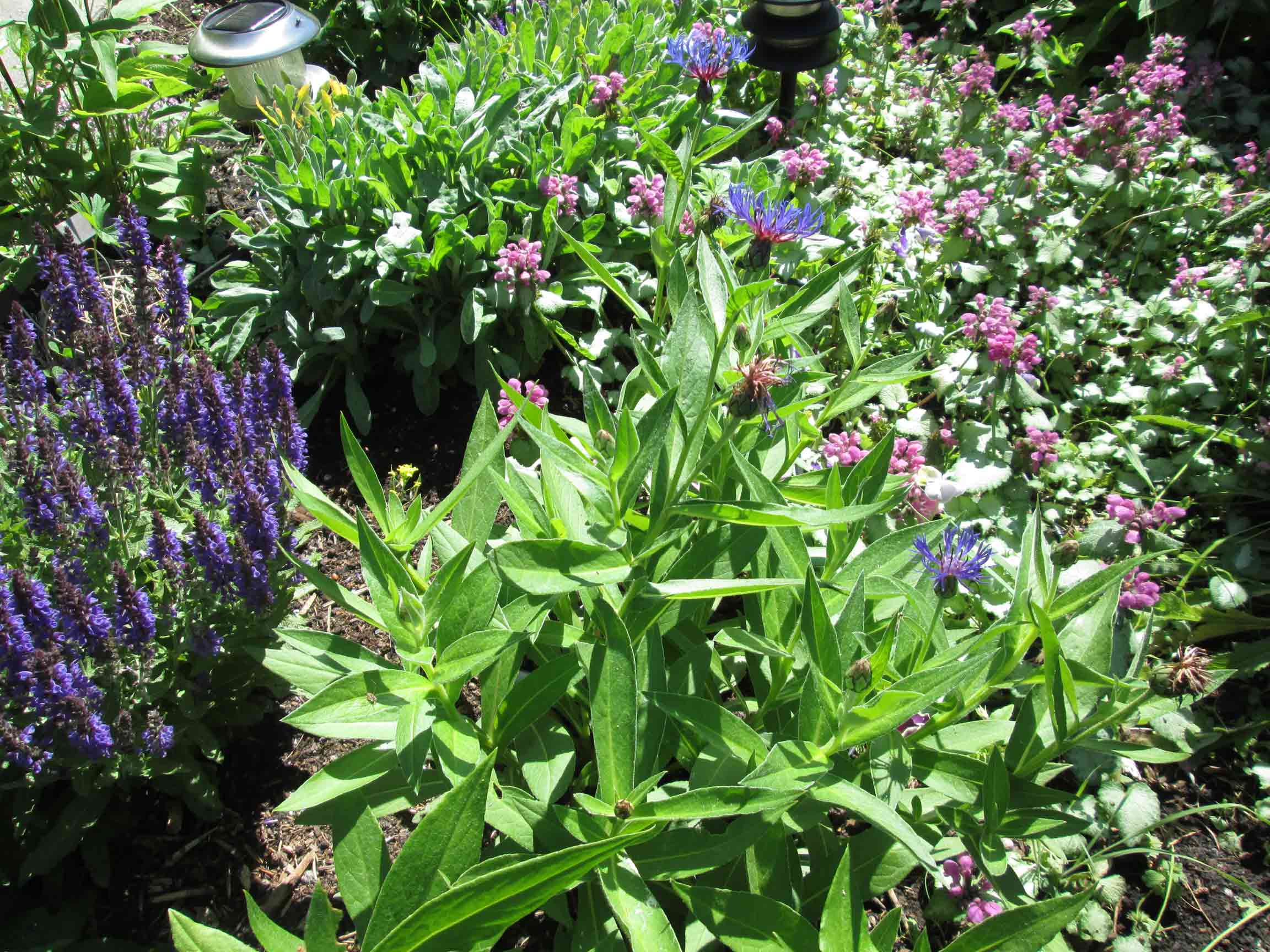
- Bearded Iris: Bearded irises are a tall, showy plant that blooms in spring with flowers in a variety of colors. They are a good companion plant for columbine because they provide a vertical element in the garden.



Post a Comment for "Columbine Companion Plants: The Best Flowers To Pair With These Delicate Beauties"